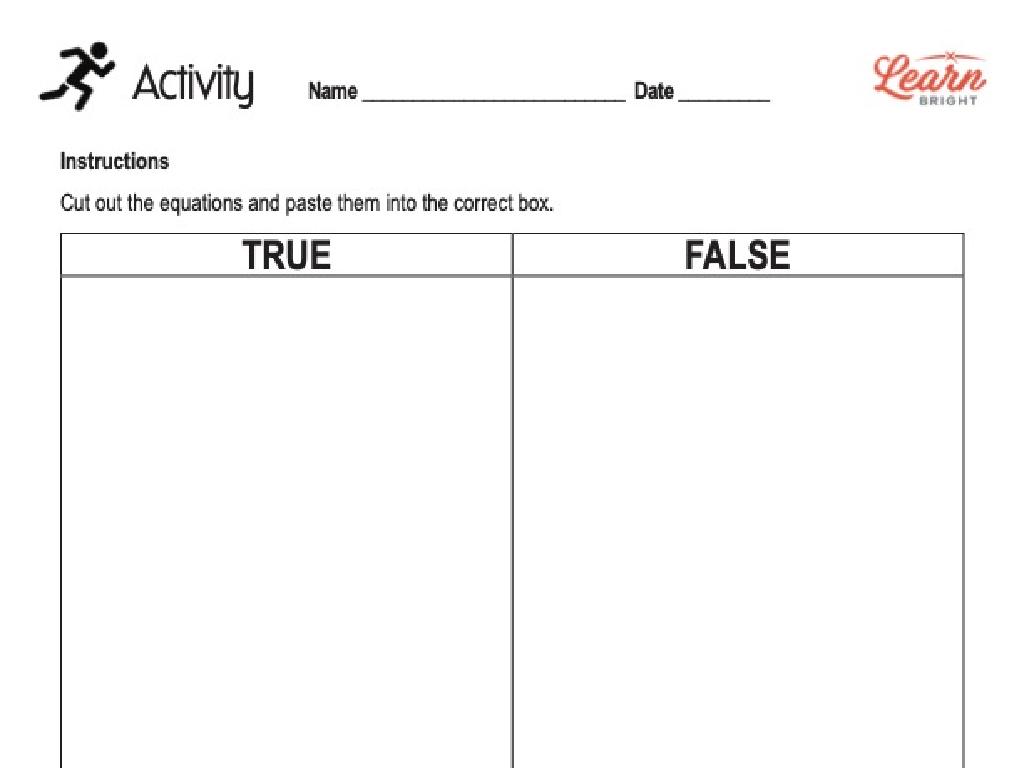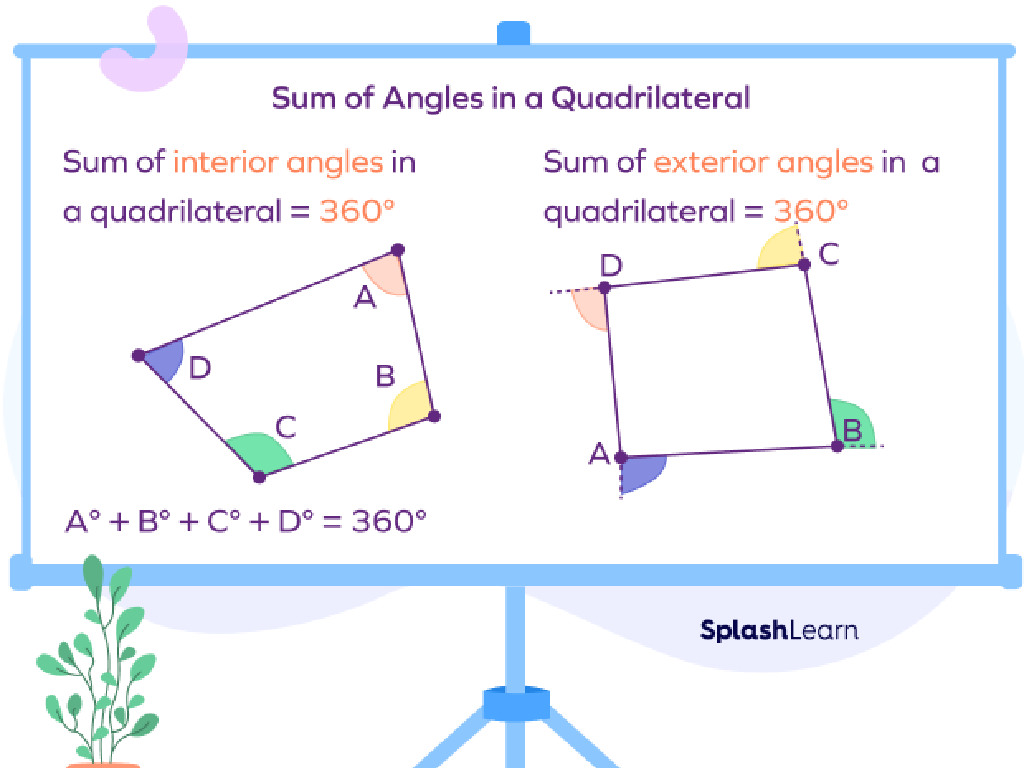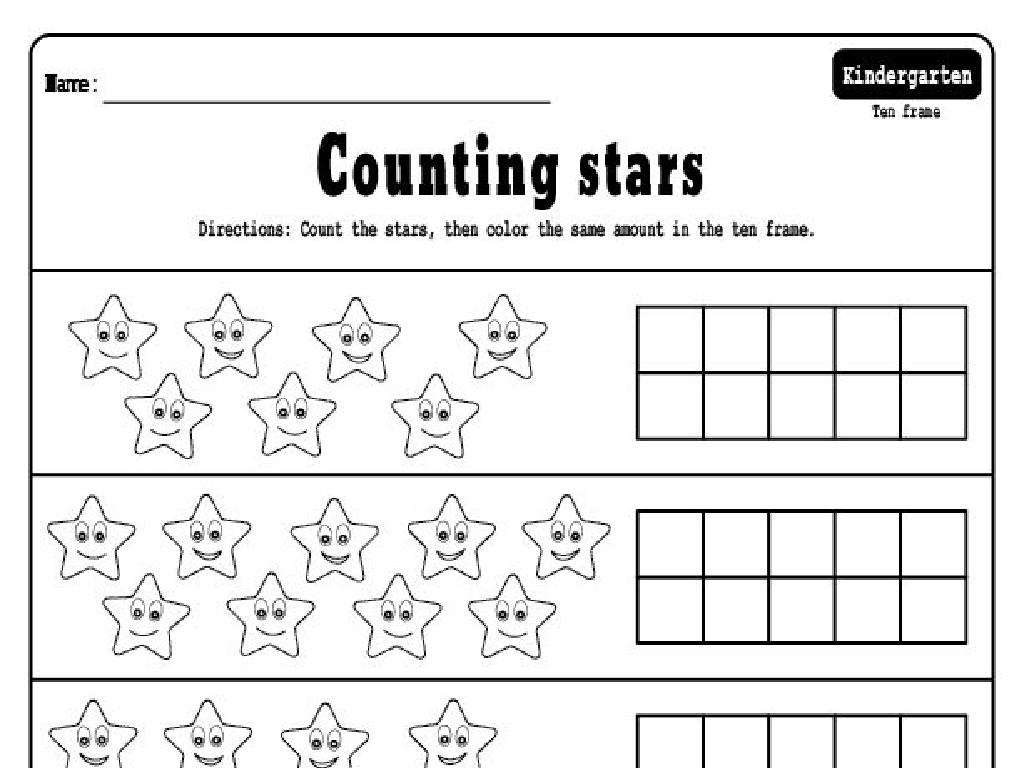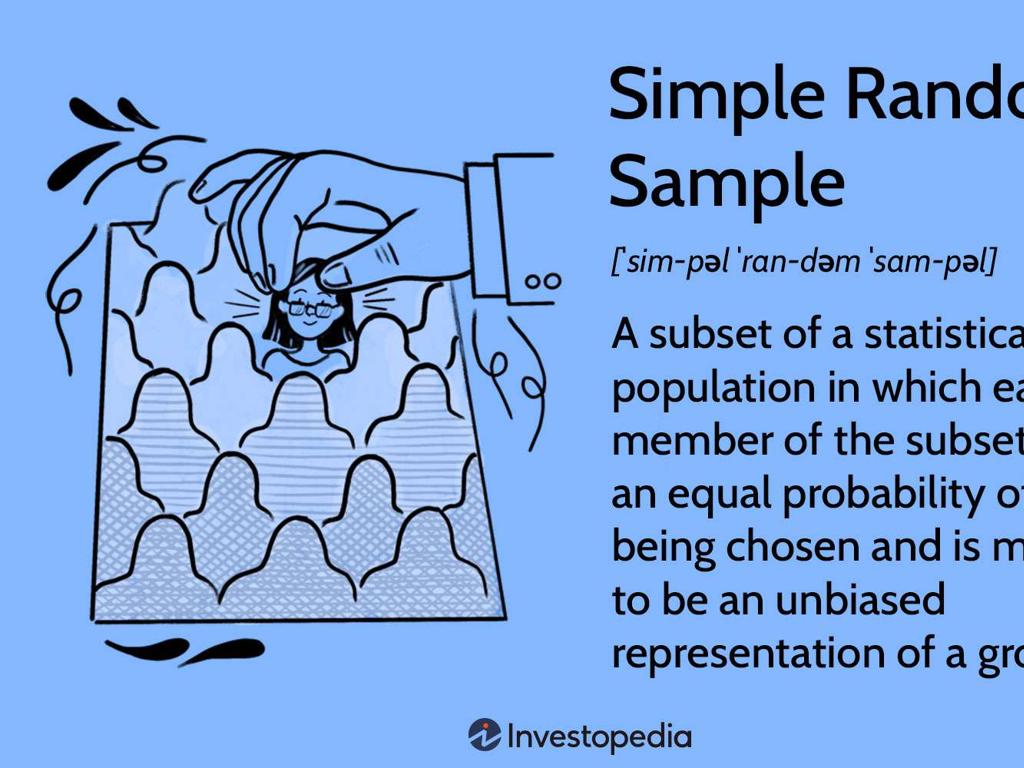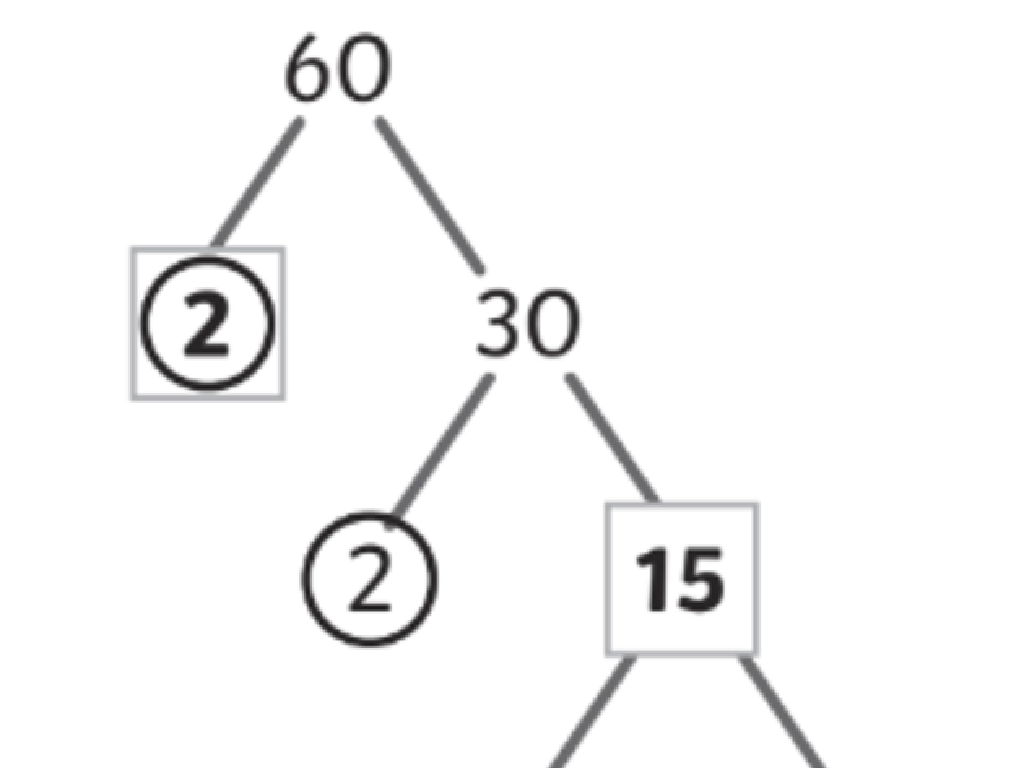Identify And Select Countries Of Africa: Region 3
Subject: Social studies
Grade: Eighth grade
Topic: Africa: Geography
Please LOG IN to download the presentation. Access is available to registered users only.
View More Content
Exploring Africa: Region 3
– Africa’s diverse geography
– Africa is not a monolith; it has varied landscapes and climates.
– Focus: Region 3 countries
– Today, we’ll identify countries in Africa’s Region 3.
– Significance of regional study
– Studying regions helps appreciate cultural & environmental diversity.
– Engage with Region 3
|
This slide introduces students to the diverse geography of Africa, with a particular focus on Region 3. Emphasize that Africa is a vast continent with a rich tapestry of ecosystems, climates, and human cultures. Highlight the importance of understanding the continent’s division into regions for a more nuanced appreciation of its diversity. Encourage students to think about why regional knowledge is significant it fosters a deeper understanding of cultural and environmental contexts. Engage students by asking them to locate Region 3 on a map and list any countries they already know in this region. This will set the stage for a more detailed exploration of Region 3, its countries, and their unique characteristics.
Mapping Africa: Region 3
– Locate Region 3 on Africa’s map
– Countries within Region 3
– Examples: Nigeria, Cameroon, Chad
– Geographical features of Region 3
– Sahel, Lake Chad, and tropical forests
– Significance of Region 3’s geography
– Discuss how geography impacts culture and economy
|
This slide aims to help students identify and understand the geographical scope of Africa’s Region 3. Start by showing them how to locate Region 3 on a map, emphasizing its position within the continent. Provide a list of countries that are part of this region, such as Nigeria, Cameroon, and Chad, and ensure students can identify them on the map. Discuss the key geographical features, including the Sahel, Lake Chad, and the presence of tropical forests, and how these features influence the region’s climate, culture, and economy. Encourage students to think about how geography can affect daily life and the development of a region. This will help them appreciate the diversity within the African continent and the importance of geographical features in shaping human experiences.
Physical Features of Africa: Region 3
– Explore Region 3’s rivers, mountains, deserts
– Nile River, Atlas Mountains, Sahara Desert
– Significance to environment and economy
– Rivers for irrigation, mountains for mining, deserts influence trade routes
– Geography’s impact on settlement
– Settlements near water sources, arable land
– Influence on culture and lifestyle
– Traditions, clothing, and food shaped by geography
|
This slide aims to provide students with an understanding of the physical geography of Africa’s Region 3 and its impact on human activity. Highlight major geographical features such as the Nile River, Atlas Mountains, and the Sahara Desert. Discuss how these features contribute to the local environment and economy, such as the Nile providing water for agriculture and the mountains containing valuable minerals. Explain how the availability of natural resources and the challenges posed by the environment influence where people settle and how they adapt their culture and lifestyle to their surroundings. Encourage students to think about how geography can shape their own lives and the development of societies.
Cultural Highlights of Africa: Region 3
– Diversity of cultures in Region 3
– Explore the variety of ethnic groups and cultural practices.
– Languages, traditions, and arts
– Swahili, Afrikaans, and local dialects; traditional dances, masks, and storytelling.
– Geography’s impact on culture
– How mountains, rivers, and climate influence lifestyles and cultural development.
– Celebrating cultural uniqueness
|
This slide aims to introduce students to the rich cultural tapestry of Africa’s Region 3. Emphasize the diversity found within this area, including the various ethnic groups and their unique customs, languages, and artistic expressions. Highlight how the geography of the region, with its specific environmental features, has played a significant role in shaping the cultural identities of its inhabitants. Encourage students to appreciate the cultural uniqueness of each community and consider how these cultures have adapted to their surroundings. Provide examples such as the influence of the Nile River on Egyptian culture or the significance of mask-making in West African traditions. This discussion can lead to a deeper understanding of the interconnectedness between geography and culture.
Economic Overview of Africa: Region 3
– Main economic activities in Region 3
– Agriculture, mining, and tourism are key sectors.
– Geography’s impact on trade
– Rivers and coastlines facilitate trade, while terrain can limit transport.
– Challenges in economic development
– Issues include infrastructure, political stability, and access to education.
– Opportunities for growth
– Potential in emerging markets, investment in infrastructure, and regional cooperation.
|
This slide aims to provide students with an understanding of the economic landscape of Africa’s Region 3. Discuss the predominant economic activities such as agriculture, which might include crops specific to the region, mining of precious minerals, and the growing tourism industry. Highlight how geographical features like rivers and coastlines can enhance trade capabilities, whereas mountainous areas might pose challenges for transportation and infrastructure. Address the challenges faced by the region, including the need for better infrastructure, political stability, and education to foster economic development. Lastly, explore the opportunities that exist, such as tapping into emerging markets, attracting foreign investment, and improving regional trade agreements. Encourage students to think critically about how these factors interplay to shape the region’s economy.
Region 3 Today: Challenges and Achievements
– Current events in Region 3
– Political changes, natural disasters, and social movements
– Achievements vs. challenges
– Economic growth, healthcare, education struggles
– Geography’s impact on issues
– How mountains, rivers, and climate affect development
– Case studies: Region 3 countries
|
This slide aims to provide students with an understanding of the current dynamics within Region 3 of Africa, including the political, environmental, and social events that are shaping the region. Discuss the balance between the achievements such as improvements in infrastructure or governance, and the challenges like poverty or climate change. Highlight how the geographical features of Region 3 influence the contemporary issues it faces, such as resource distribution or disaster management. Use case studies from specific countries within Region 3 to illustrate these points, ensuring that students can connect theoretical knowledge with real-world examples. Encourage students to think critically about how geography can both aid and hinder a region’s development.
Class Activity: Exploring Africa’s Region 3
– Break into small groups
– Each group gets a different country
– Research key facts about your country
– Look for geography, culture, economy
– Collaborate on a regional map
– Include facts from all groups on map
|
This activity is designed to encourage collaborative learning and research skills. Divide the class into small groups, assigning each group a different country within Africa’s Region 3. Each group will research their assigned country, focusing on geographical features, cultural aspects, and economic information. Encourage students to use various resources such as the internet, library books, and encyclopedias. After the research phase, groups will share their findings and work together to create a comprehensive map of Region 3, incorporating information from all groups. This will help students visualize the diversity within the region and understand the relationships between geography, culture, and economy. Possible countries for assignment include Ethiopia, Kenya, Uganda, and Tanzania. Provide a large map template for the collaborative map and ensure each group has access to markers, notes, and space to display their findings.

